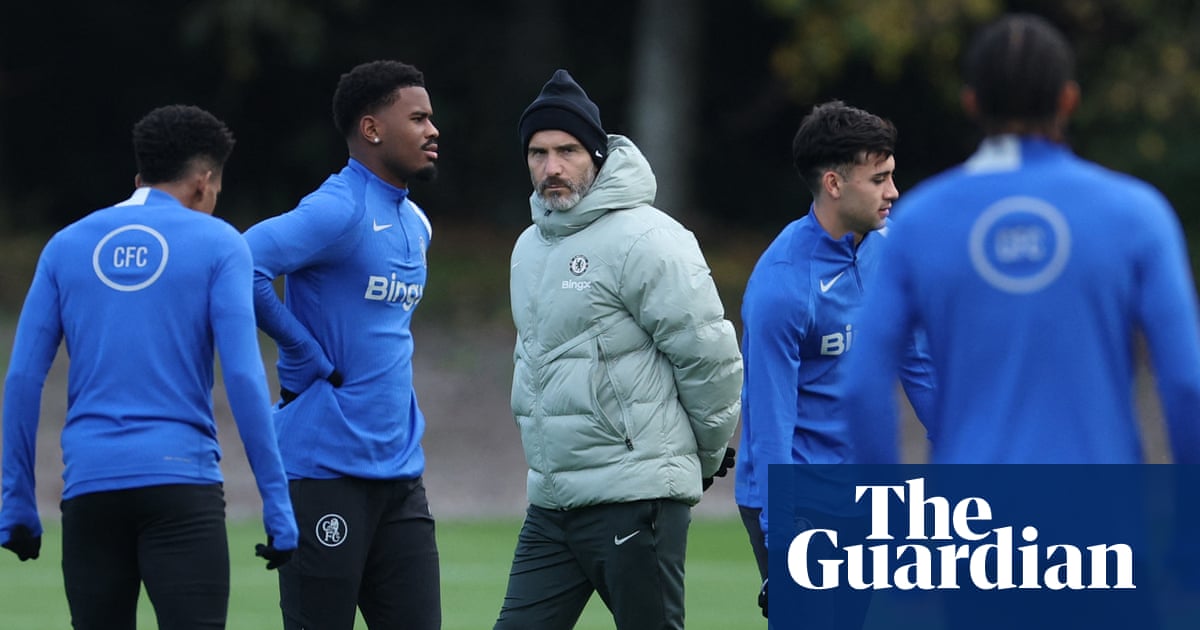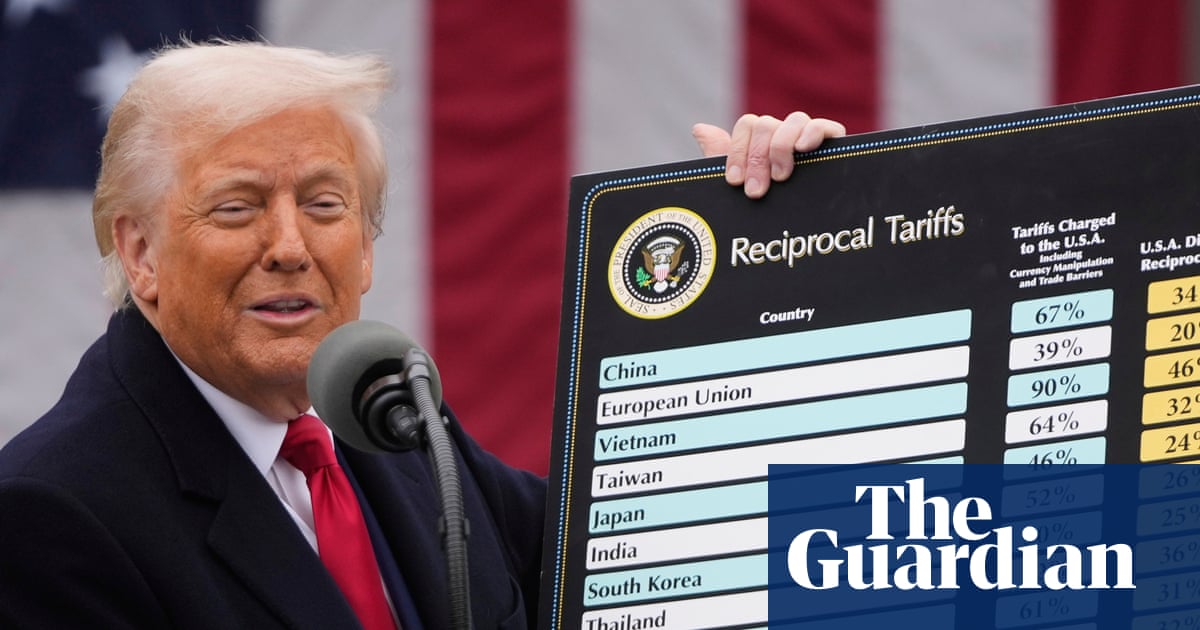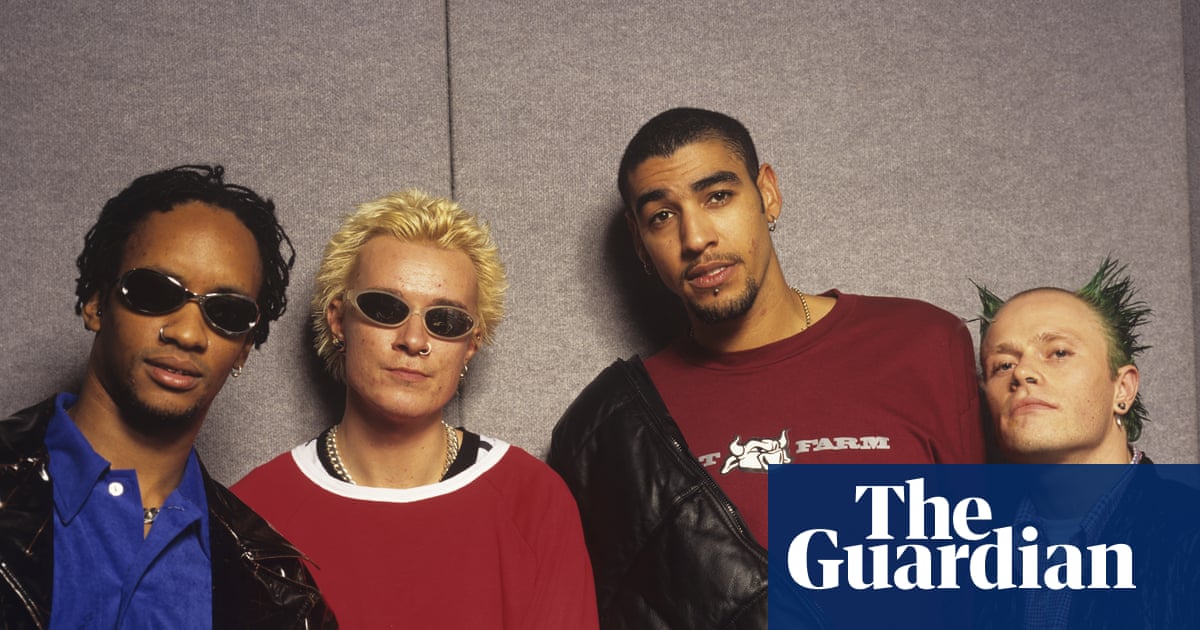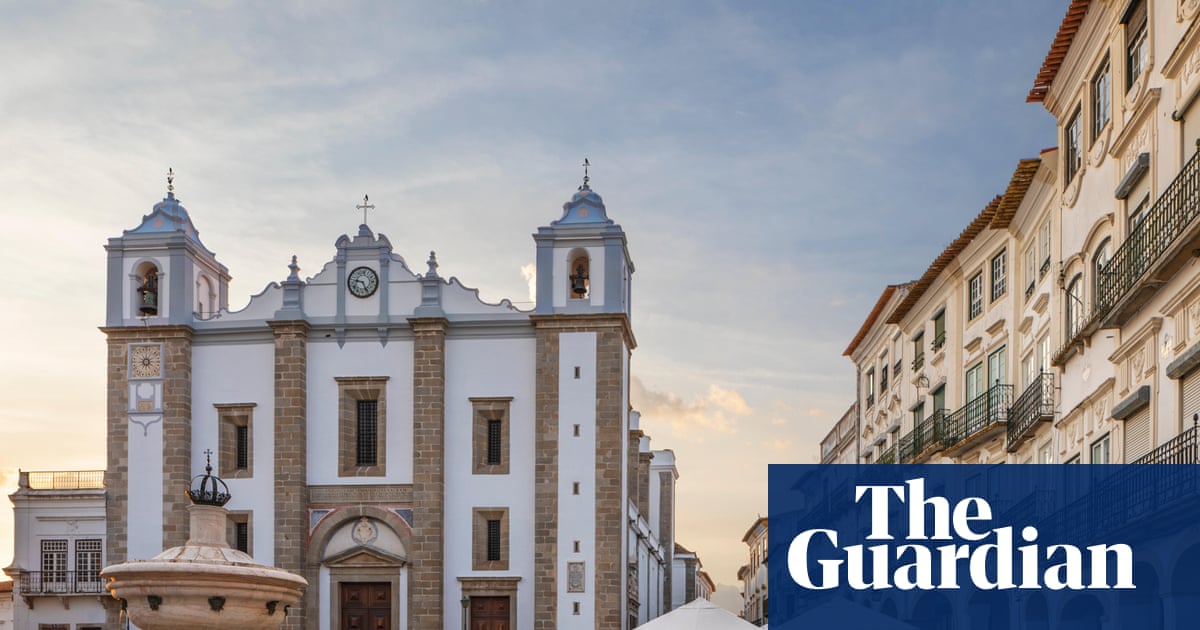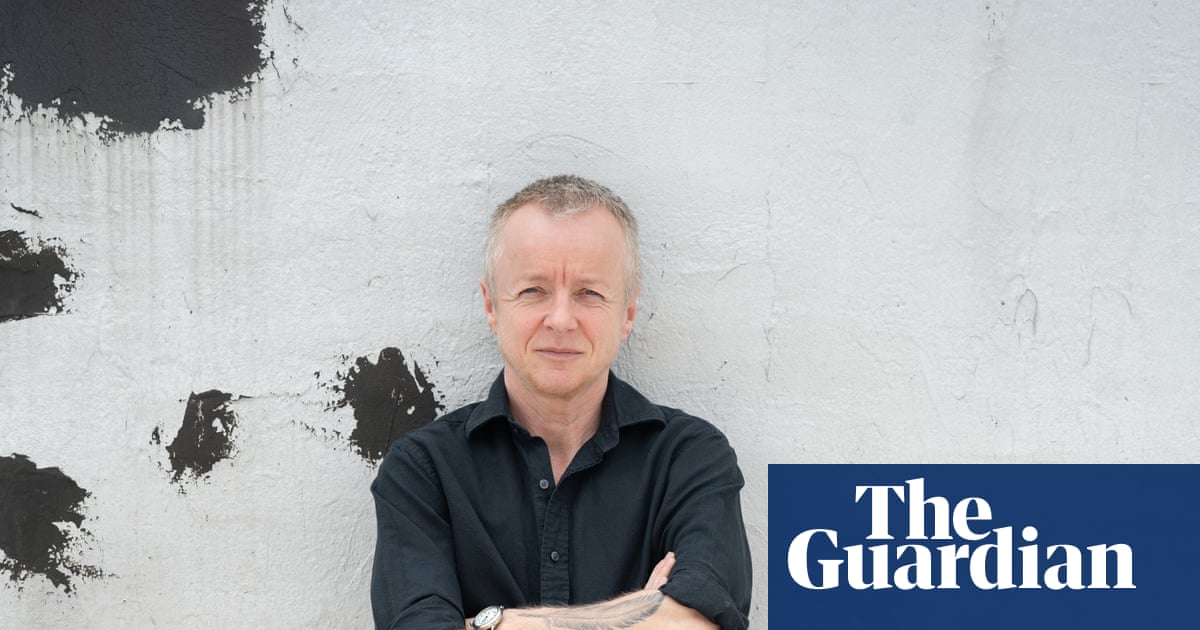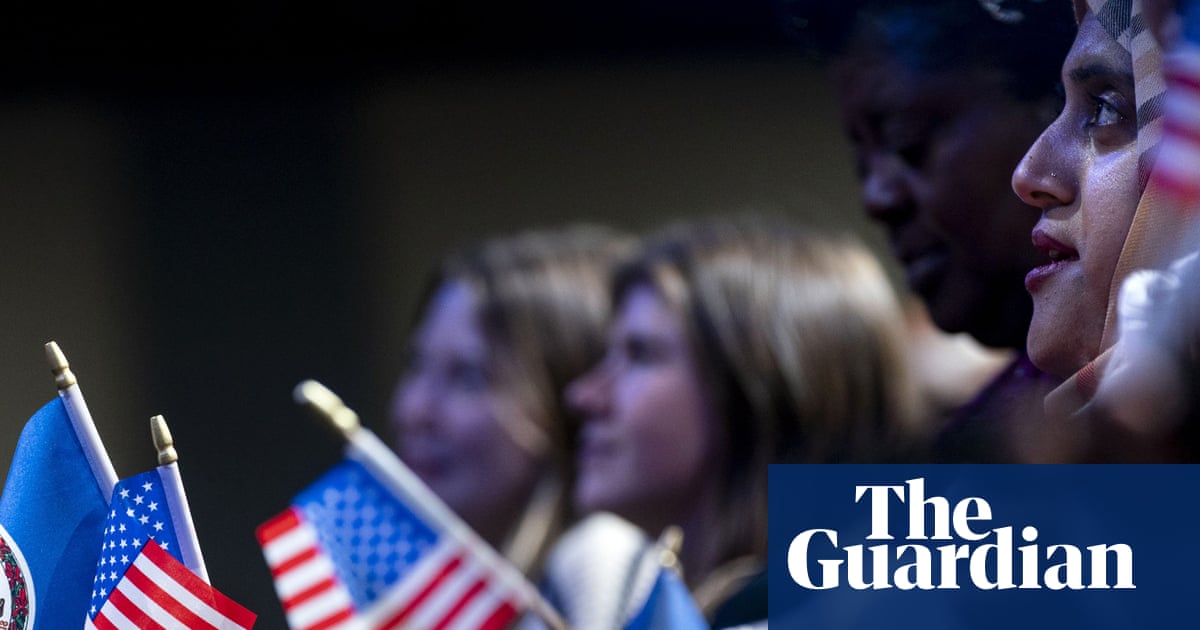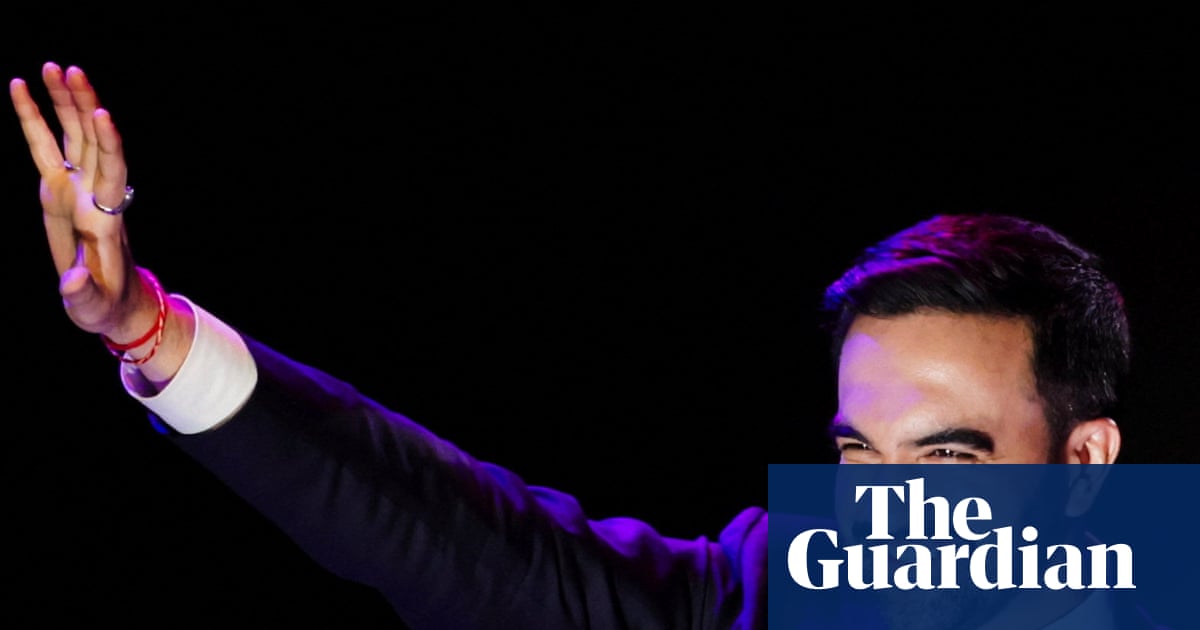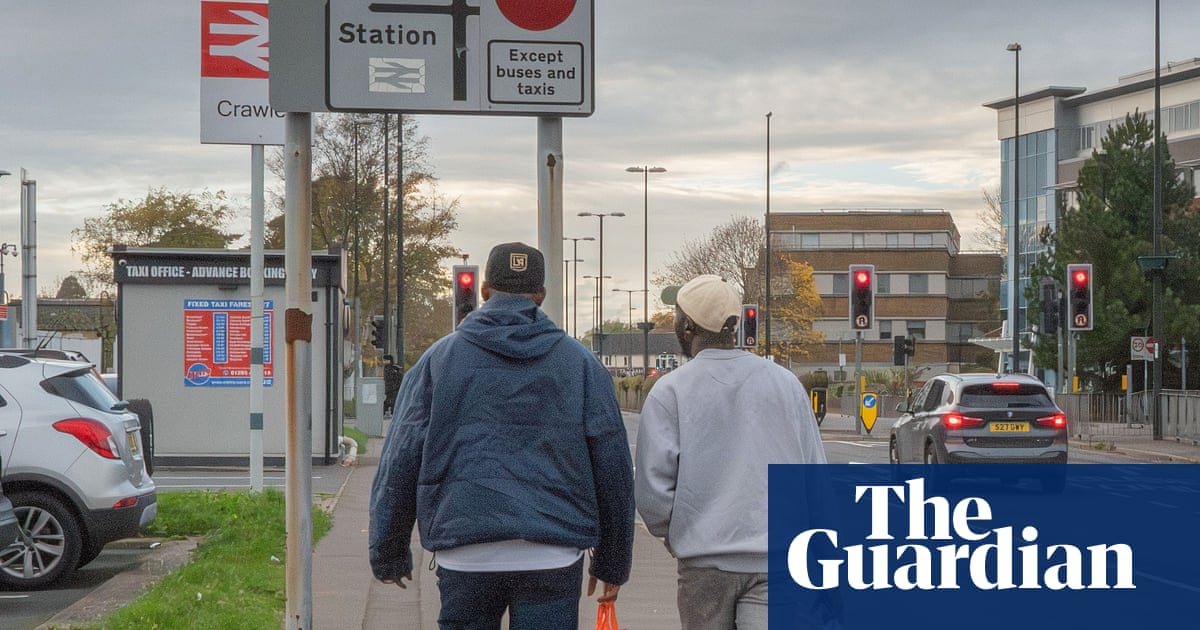The conspirators used codenames to conceal their identities as they prepared for their mission: to plunge Brazil into chaos by assassinating a celebrity supreme court judge called Alexandre de Moraes.
On an encrypted messaging group, one plotter used the alias Brazil, another Japan and a third Austria.
“Each of them had the name of a team,” Moraes said this week as he denounced the alleged plot to murder him as part of an attempt to destroy South America’s largest democracy.
The group of football-loving would-be assassins abandoned their task at the last minute.
“I’m close to the position. Are you going to cancel the game?” the person codenamed Austria asked their associates on their Signal group at just before 9pm on 15 December 2022, as he lurked near Moraes’s home in Brazil’s capital, Brasília.
“Abort,” replied “Germany”, according to a federal police report.
The cinematic plot, nicknamed Operation Copa 2022 (Operation World Cup 2022) and involving at least six special forces troops, was at the heart of this week’s historic trial of Brazil’s former president, Jair Bolsonaro. He was on Thursday sentenced to 27 years in prison for trying to stage a coup after he lost the 2022 election to his leftwing opponent, Luiz Inácio Lula da Silva, known as Lula.
“[He tried to] annihilate the essential pillars of the democratic rule-of-law state,” said Moraes as he accused Bolsonaro of being the leader of a sprawling conspiracy, which included plans to assassinate Lula and the vice-president-elect, Geraldo Alckmin, to stop them taking power on 1 January 2023.
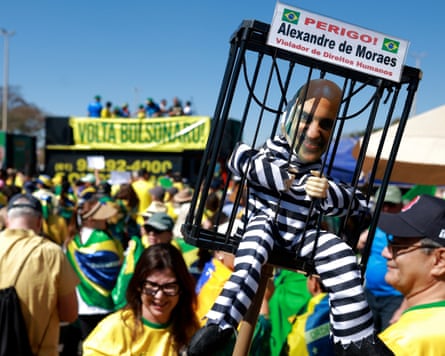
Moraes said hitmen had planned to “neutralise” him using “extremely powerful weapons” capable of piercing his bullet-proof car; they also allegedly considered killing Lula during a public event with poison or drugs that would cause organ failure.
“I’m someone who should be really thankful to be alive,” Lula said last year after the alleged poison plot was revealed.
Bolsonaro has denied engineering a coup or being involved in an assassination plot, calling such claims “a little story”.
But Moraes said there was “ample evidence” indicating the far-right politician was aware of Operation World Cup 2022, which the judge said was part of a larger intrigue called Green and Yellow Dagger.
Police investigators said a copy of the blueprint for a “clandestine operation” with “terrorist hallmarks” was printed out in the presidential palace on 6 December 2022 by an army general called Mário Fernandes. At the time Gen Fernandes, who was arrested last year, was a senior official in Bolsonaro’s administration.
“This [plan] wasn’t printed out in a cave. It wasn’t printed out hidden away in a room of terrorists. It was printed out in the presidential palace. It was printed out in the seat of the Brazilian government … at the same moment that president Jair Messias Bolsonaro was there,” Moraes told the court on Tuesday as Bolsonaro’s trial reached its conclusion.
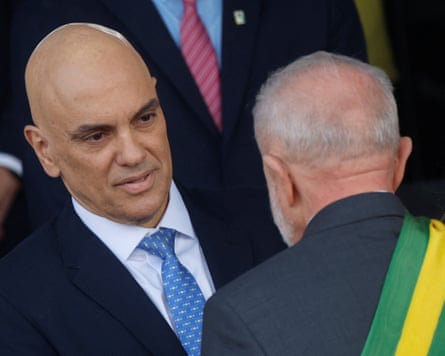
“The planning is so detailed that it even details the chances of success, what the collateral damage might be, what weaponry should be used,” added Moraes.
A copy of the Green and Yellow Dagger plan, obtained by federal police investigators, suggests plotters planned to use an arsenal that included assault rifles, a belt-fed machine gun and even a Swedish anti-tank weapon, used on the battlefield in Ukraine. “These are weapons of war commonly used by combat groups,” the police report says.
According to the investigators, the plan to assassinate Moraes was aborted only because a court session was delayed – and, more importantly, the commanders of the army and air force refused to endorse Bolsonaro’s coup plot.
Brazil has had more than a dozen coup attempts since it became a republic in 1889 but none, so far as is known, involved a plan to assassinate those being deposed.
The historian Lucas Pedretti said that did not necessarily mean such plots had not existed. Rather, the 2022 plot had come to light because, for the first time in history, the coup plotters had been investigated and put on trial.
Pedretti said the existence of the assassination plan was “shocking, but not so surprising”. The historian, who studies Brazil’s brutal 1964-85 military dictatorship, said the armed forces still promoted internally the idea that the bloody regime was a “necessary and legitimate response” to a supposed communist threat.
Brazil's dictatorship 1964-1985
ShowHow did it begin?
Brazil’s leftist president, João Goulart, was toppled in a coup in April 1964. General Humberto Castelo Branco became leader, political parties were banned, and the country was plunged into 21 years of military rule.
The repression intensified under Castelo Branco’s hardline successor, Artur da Costa e Silva, who took power in 1967. He was responsible for a notorious decree called AI-5 that gave him wide ranging dictatorial powers and kicked off the so-called “anos de chumbo” (years of lead), a bleak period of tyranny and violence which would last until 1974.
What happened during the dictatorship?
Supporters of Brazil’s 1964-1985 military regime - including Jair Bolsonaro - credit it with bringing security and stability to the South American country and masterminding a decade-long economic “miracle”.
It also pushed ahead with several pharaonic infrastructure projects including the still unfinished Trans-Amazonian highway and the eight-mile bridge across Rio’s Guanabara bay.
But the regime, while less notoriously violent than those in Argentina and Chile, was also responsible for murdering or killing hundreds of its opponents and imprisoning thousands more. Among those jailed and tortured were Brazil’s first female president, Dilma Rousseff, then a leftwing rebel.
It was also a period of severe censorship. Some of Brazil’s best-loved musicians - including Gilberto Gil, Chico Buarque and Caetano Veloso - went into exile in Europe, writing songs about their enforced departures.
How did it end?
Political exiles began returning to Brazil in 1979 after an amnesty law was passed that began to pave the way for the return of democracy.
But the pro-democracy “Diretas Já” (Direct elections now!) movement only hit its stride in 1984 with a series of vast and historic street rallies in cities such as Rio de Janeiro, São Paulo and Belo Horizonte.
Civilian rule returned the following year and a new constitution was introduced in 1988. The following year Brazil held its first direct presidential election in nearly three decades.
“And this is particularly true in the case of the special forces,” he said, referring to the army group to which the men accused of plotting to kill Moraes, Lula and Alckmin belonged.
Police believe the men involved in the Moraes murder plot were special forces operatives known as the “kids pretos” or “black cap boys” because of the black caps they wore. Pedretti said the group, set up during the cold war, still maintained the same “enemy elimination mindset”.
“In Bolsonaro’s attempted coup, spearheaded by him and his generals, they simply put that logic and the expertise of the ‘kids pretos’ at the service of the coup-mongering political project,” Pedretti said.

 1 month ago
47
1 month ago
47


